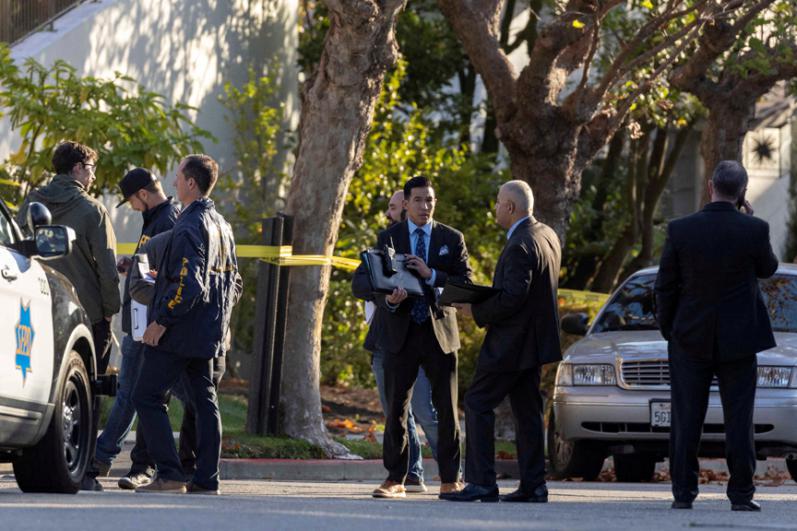Violent America
A few days ago, Americans awoke to the news that a man shouting, "Where's Nancy?" had staged a hammer attack on the 82-year-old husband of Speaker of the House Nancy Pelosi. Weeks earlier, a man with a gun had approached the house of Supreme Court Justice Brett Kavanaugh. These and other incidents like them point to a terrible question: Has violence become the new normal way for a significant body of people in America to express political and social disagreement?
Without presuming to pronounce a flat yes or no to that, I think it's fair to say resort to violence is now disturbingly evident at both ends of the ideological spectrum instead of, as some would have it, only on the far right.
Plainly the Jan. 6, 2021, riot at the U.S. Capitol by some supporters of former President Trump was a horrifying display of violence on behalf of a political cause. But an analysis which stops with that eruption of rightist extremism falls far short of the problem's full scope.
Recently, I was struck by an example of such selectivity on the Op Ed page of the Washington Post. While dismissing chances of a new American civil war that he previously thought possible, military historian Thomas E. Ricks declared ideological extremism a genuine problem -- but one found only on the right, where it is personified in the Supreme Court "reactionaries" (i.e., justices he disagrees with).
Here is the tunnel vision of ideology. Ricks ignores violence against prolife pregnancy centers and Catholic churches. Don't these incidents belong in the rogues' gallery of politically motivated violence? There is something pathological about the silence of those who treat them as matters of no concern.
Perhaps you haven't heard much about these occurrences. After all, mainstream media have mostly ignored them -- a bad sign in itself. But according to a count by the Washington-based Religious Freedom Institute, 174 Catholic sites have been targeted in slightly over two years -- a number that has surely risen since that count was taken. The incidents included four acts of personal violence, 26 of arson,76 of desecration of statues, 66 of property destruction, 16 thefts, and 81 incidents of graffiti.
The RFI report points out that before the leak last May of a preliminary draft of Supreme Court Justice Samuel Alito's majority opinion overturning Roe v. Wade, incidents like these occurred at the rate of one every five days. After the leak, it was every three days. Thirty-two attacks were directed at Catholic churches, including 17 in which the perpetrators left evidence like graffiti declaring a pro-abortion motive.
Prolife groups including pregnancy centers also have been targeted, according to RFI. From the Alito opinion leak to late August there were at least 63 attacks on prolife facilities -- 28 of a religious nature -- in 26 states and the District of Columbia.
Overall, the institute remarks, "government officials, law enforcement agencies, and the media have too often responded inadequately or not at all" to incidents like these. Yet the U.S. Department of Justice has lately stepped up federal prosecutions of prolife demonstrators at abortion clinics, usually only a couple a year but jumping to more than a dozen in a recent month, suggesting orders from the top.
Right-wing extremism is a serious problem. But the extremism of the left is hardly less threatening to important values. Instead of each side blaming only the other, recognizing that the rash of political violence has roots in both camps is a necessary first step toward doing something about it.
- Russell Shaw is the author of more than twenty books. He is a consultor of the Pontifical Council for Social Communications and served as communications director for the U.S. Bishops.



















